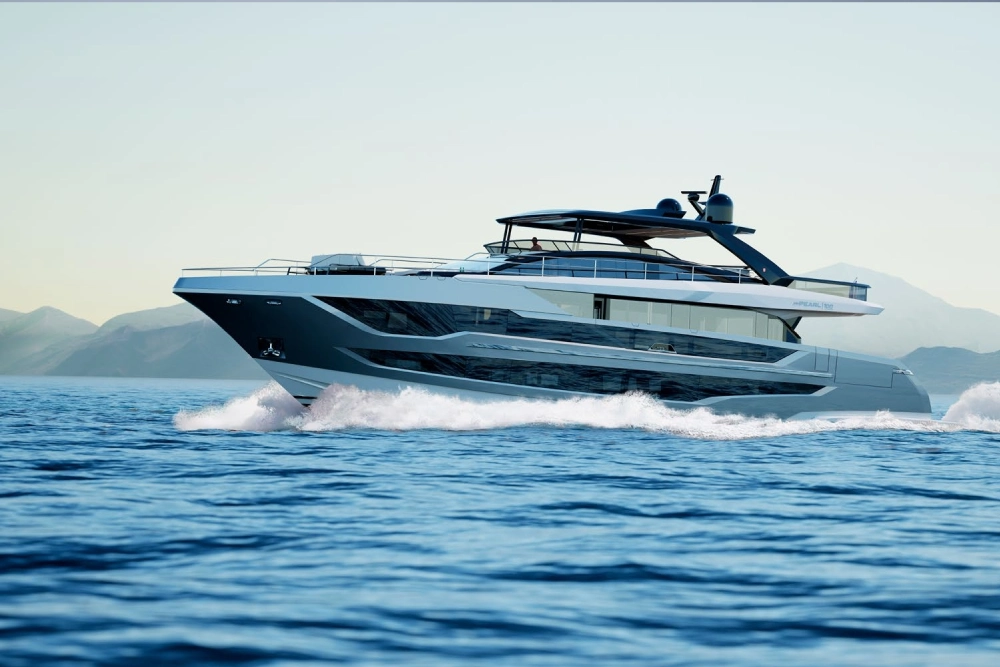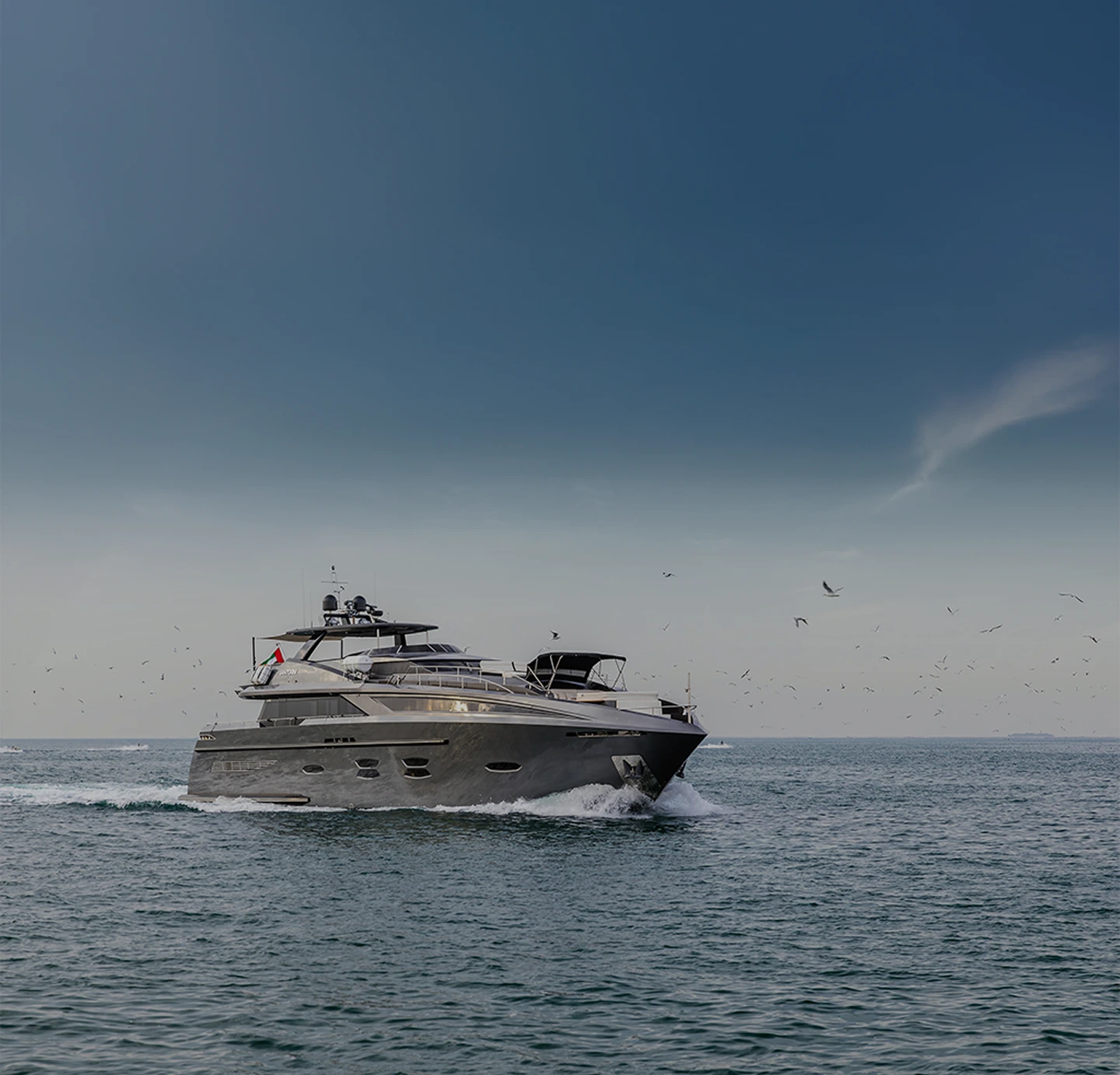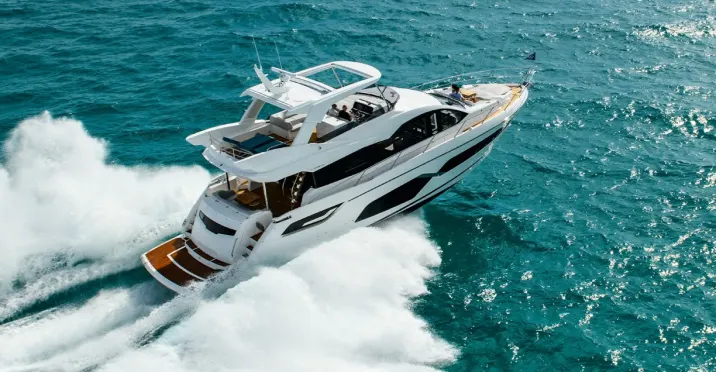Why Proper Anchoring Matters More Than People Realise
The Key Parts of an Anchoring System and How They Work
You don’t need to be an engineer, but knowing how your gear fits together makes anchoring easier. When you’re tired or conditions turn rough, that knowledge helps.
- Anchors themselves. A plough anchor is a common choice because it resets well when the tide shifts. Claw anchors are forgiving and grab quickly, though not always in weed. Flat fluke anchors hold like glue in sand and mud but can skip on rocky ground. Many skippers carry two or three types so they’re not stuck with a bad match for the bottom.
- Rode and chain. Think of the rode as the anchor’s partner. Chain adds weight that keeps the pull low and steady. Rope is lighter, easier on the hands, and adds stretch. A mix works fine for many boats, but all-chain gives the best bite if you can handle the weight.
- Windlass and fittings. The windlass does the heavy lifting, but it’s not designed to take the strain while you’re anchored. That’s what cleats or a chain stopper are for. Add a snubber line if you use chain; it quiets the racket and saves wear on fittings.
- Helpful extras. GPS alarms are worth using overnight, and an anchor buoy can stop another skipper from dropping over your line. None of these are essential, but they make life a lot easier.
Step-by-Step Guide: How to Anchor a Yacht Safely
There’s more than one way to do it, but here’s a sequence that works almost everywhere. Follow it until it’s muscle memory and you’ll know exactly how to anchor a yacht without fuss.
- Choose your spot. Check the chart, check the depth, and look around. Sand and mud bottoms are best. Avoid weed, rocks, and anything marked as a cable zone. Also think ahead; do you have space to swing if the wind shifts at night?
- Point into wind or tide. Whichever is stronger is what you line up with. This steadies the boat before you drop.
- Lower gently. Don’t just throw it overboard. Let the anchor and chain feed out steadily so it lands and lays properly.
- Pay out the right scope. Five to seven times the depth is the standard. More if it’s blowing. Less if it’s calm and crowded, though never too short or you’ll drag.
- Set the hook. Once enough rode is out, ease the boat astern with the engine. Watch the chain straighten and feel for the anchor digging in.
- Check you’re holding. Line up two objects on shore to see if you’re moving. Or glance at GPS. If you’re sliding, repeat the set.
- Tie off securely. Once you’re happy, take the load off the windlass and cleat or stopper the rode.
Common Anchoring Mistakes and How to Avoid Them
Most anchoring problems come down to the same few errors. Avoid these, and you’ll avoid most sleepless nights.
- Not enough scope. Too many people skimp here. If you don’t let out enough chain or rope, the anchor will lift and drag the first time the wind pipes up.
- Wrong bottom. Dropping in weed or rock without the right anchor is a recipe for drifting. If it doesn’t bite first time, try again somewhere else.
- Forgetting to set. Just dropping the hook and walking away doesn’t mean it’s secure. Reverse gently and dig it in. It takes a minute, and it’s worth it.
- Anchoring too close. Boats need room to swing. What looks fine at 3 pm can turn into a near miss at 2 am when the wind shifts.
- Poor communication. The helm and bow crew need clear signals. A simple set of hand gestures avoids shouting and mistakes.
Knowing how to anchor a yacht properly is often about avoiding these simple missteps more than mastering complex manoeuvres.
Tips for Anchoring in Difficult Conditions
The weather doesn’t always behave. These tricks help when conditions test your setup.
- When it’s windy. Don’t hesitate: let out more scope. Even ten times depth if needed. That extra chain is what holds you.
- Tidal swings. In rivers or estuaries with strong changes, use two anchors set apart. It stops the boat from slewing around and dragging.
- Rough seas. Exposed spots are uncomfortable and hard on gear. If you can’t avoid them, add a snubber and plenty of scope. It softens the motion.
- Weed patches. Sometimes a heavier plough will cut through weed better than a flat anchor. Test and reset until you’re sure it’s holding.
Busy bays. If it feels too tight, it probably is. Drop further out and give yourself more space. Better a longer dinghy ride than a collision at night.
Anchoring Etiquette and Safety Guidelines
Anchoring is part skill and part manners. Bad habits annoy neighbours and can cause accidents. These anchor safety tips for yachts help keep things civil.
- Leave room. Don’t anchor so close you end up swinging into another boat. Respect their space as you’d want them to respect yours.
- Approach slowly. Take your time when entering a crowded anchorage. Rushing only creates tension.
- Handle chain quietly. There’s no need to wake up the whole bay with a crash of metal. Lower steadily.
- Respect the seabed. Avoid anchoring where you’ll damage reefs or grass. Sand and mud are safer for everyone.
Brief the crew. A calm, organised drop shows competence and avoids chaos on deck.
Tools and Gear Worth Keeping on Board
You don’t need a chandlery’s worth of equipment, but a few extras make a big difference.
- A couple of spare anchors. Different designs mean you’re not stuck if the bottom changes.
- Snubbers. They keep strain off the chain and cut down noise on the bow roller.
- Anchor buoy. Lets others see where your hook is and keeps them from crossing your line.
- GPS or drag alarm. Peace of mind when you’re asleep.
- Manual backup. If the windlass fails, you’ll be glad for a simple way to haul.
Keeping a mental checklist of anchor safety tips for yachts alongside this gear means you’re rarely caught off guard.
Conclusion: Building Confidence with Every Drop
Anchoring isn’t glamorous, but it’s what makes cruising safe and enjoyable. Once you know the process, it stops being stressful and becomes just another part of the routine. These yacht anchoring tips give you the framework. Add practice and a few personal touches, and you’ll be handling the anchor like you’ve been doing it for years. The more you anchor, the more you’ll refine your own yacht anchoring techniques until they feel automatic.




